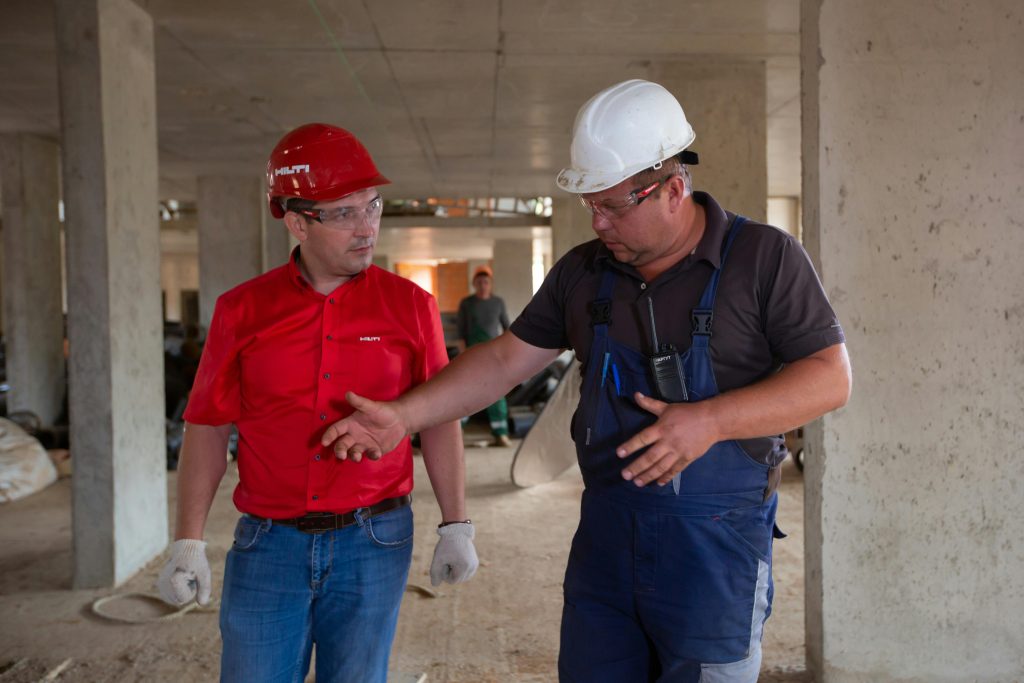
Introduction to Workplace Safety Communication
Workplace safety communication is the cornerstone of a secure and hazard-free environment. Organizations that prioritize clear and consistent Workplace safety communication are more successful in reducing risks and preventing accidents. By ensuring that all employees understand protocols, hazards, and response strategies, companies create a culture where safety is valued as much as productivity. This approach not only saves lives but also reduces operational downtime, legal liabilities, and costs associated with accidents.
Why Workplace Safety Communication Matters
Workplace safety communication ensures that every employee is aware of potential hazards, knows how to avoid them, and understands emergency procedures. Without proper workplace safety communication, workers may overlook critical instructions or misinterpret guidelines, leading to dangerous situations. Safety communication builds awareness, eliminates uncertainty, and ensures everyone is aligned with organizational safety goals.
The Connection Between Hazards and Communication
Many workplace hazards arise not only from unsafe equipment or environments but also from poor communication. Misunderstandings, lack of updates, and missing safety instructions can directly contribute to accidents. Strong workplace safety communication minimizes these risks by delivering clear, timely, and accurate safety information. Whether through meetings, digital alerts, or signage, communication ensures hazards are identified and controlled before they escalate.
Methods of Workplace Safety Communication
Effective workplace safety communication can be carried out through various channels. Toolbox talks, safety posters, digital platforms, emergency drills, and instant messaging systems are just a few examples. Each method reinforces important safety measures and keeps hazards top of mind. Organizations that use multiple communication methods increase the reach and impact of their safety messages, reducing the chance of accidents caused by overlooked hazards.
Building a Culture of Safety Through Communication
Workplace safety communication is not just about transmitting information; it is about fostering a culture of care and responsibility. When employees feel empowered to report hazards and openly discuss safety concerns, workplace safety improves significantly. Encouraging feedback, suggestions, and open dialogue makes workers active participants in hazard reduction rather than passive recipients of instructions.
Workplace Safety Communication in Training Programs
Training sessions are an ideal platform for workplace safety communication. Through workshops, demonstrations, and scenario-based exercises, employees can learn how to identify risks and act appropriately. Effective training ensures that workers retain critical safety information and are able to apply it during real-world situations. By reinforcing safety protocols through ongoing training, organizations reduce hazards and boost workplace confidence.
The Role of Technology in Workplace Safety Communication
Modern technology has revolutionized workplace safety communication. Real-time alerts, mobile apps, and digital dashboards allow managers to instantly share updates on hazards, incidents, and corrective actions. This immediate communication reduces response time and ensures that all employees, whether on-site or remote, are aware of potential dangers. By leveraging technology, organizations can establish a proactive hazard reduction system.
Reducing Human Error Through Safety Communication
Human error is a common cause of workplace accidents, often due to miscommunication or unclear instructions. Workplace safety communication directly addresses this issue by ensuring instructions are clear, concise, and easy to understand. Regular reminders, visual aids, and reinforced messages help minimize mistakes, creating a safer environment where hazards are effectively controlled.
Leadership and Workplace Safety Communication
Leaders play a vital role in workplace safety communication. When management actively participates in safety discussions, sets examples, and emphasizes safety protocols, employees are more likely to follow suit. Strong leadership in communication demonstrates that safety is a top priority, reinforcing the importance of hazard reduction across all levels of the organization.
Continuous Improvement Through Workplace Safety Communication
Workplace safety communication is not a one-time effort but an ongoing process. Regularly reviewing incidents, updating protocols, and improving communication channels ensures that safety measures evolve with changing conditions. Continuous improvement helps organizations identify new hazards and address them promptly, keeping safety strategies relevant and effective.
Conclusion: Strengthening Safety Through Communication
Workplace safety communication is the backbone of hazard reduction in any organization. By providing clear information, encouraging dialogue, and leveraging modern tools, companies can significantly lower risks and foster a safer work environment. Strong workplace safety communication ensures that hazards are identified early, addressed efficiently, and prevented from recurring. Ultimately, it empowers employees to take responsibility for their own safety and that of their colleagues, creating a workplace culture where safety comes first.



